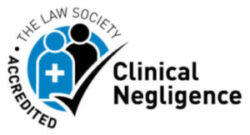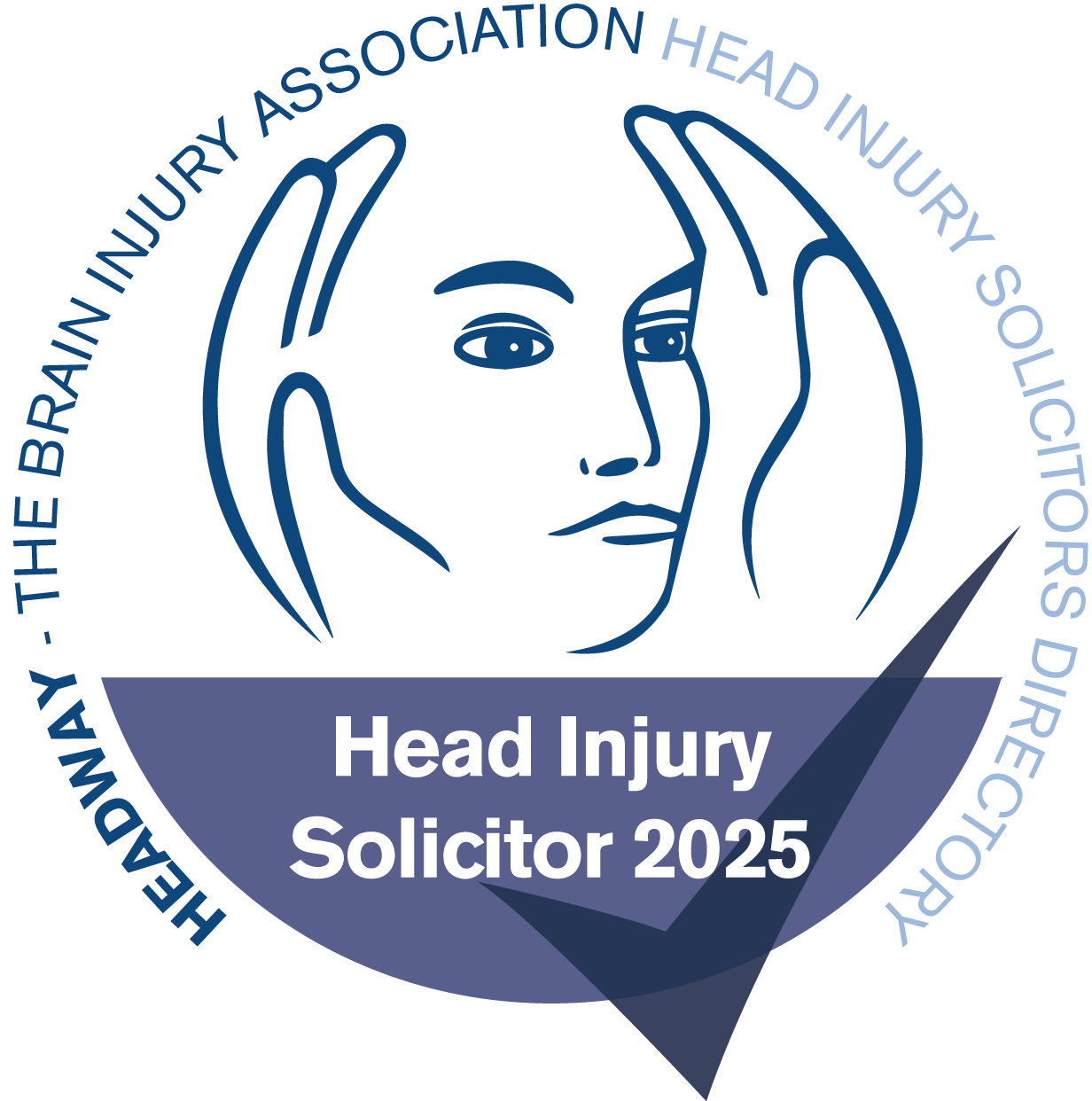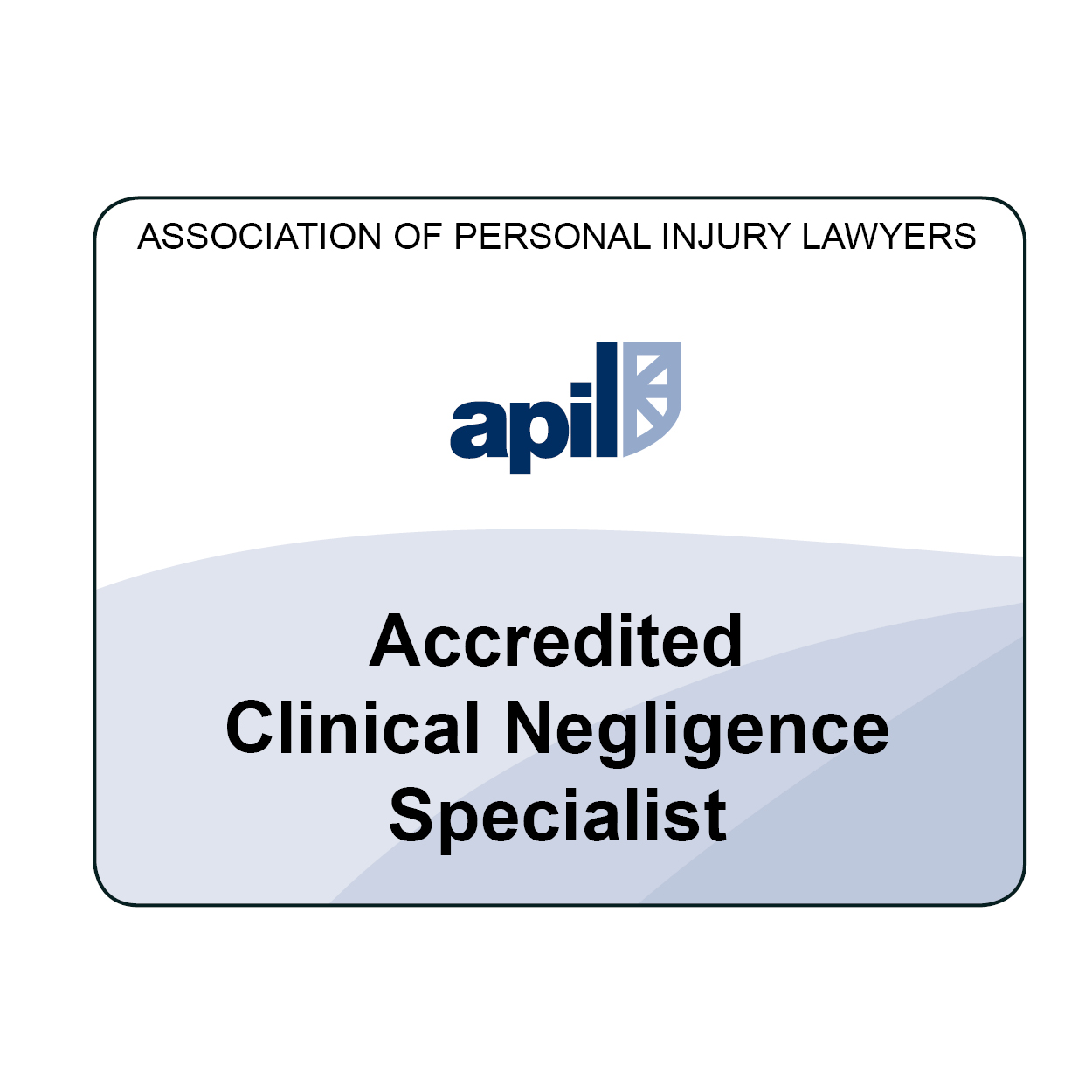New research into road traffic collisions (RTCs) has unearthed evidence that monitoring the speed, direction of impact and level of head protection worn by victims could help predict the likelihood of them sustaining traumatic brain injuries (TBIs).
This in turn could help emergency responders to prioritise the crash victims most at risk and help reduce the number of brain injury compensation claims arising from negligent medical conduct.
Key contributing factors to TBIs in traffic accidents
Researchers from Imperial College London worked with TRL; a UK software development company specialising in traffic management. Together they examined more than 1.1 million RTC casualties on UK roads between 2013 and 2020 to establish which conditions were most likely to inflict skull fractures and / or TBIs on victims.
Key factors with the potential to make brain injuries more likely included:
- The speed at which the collisions occurred
- Direction of travel and level of force involved in the impact(s)
- Level of head protection worn by more exposed road users such as cyclists
The most severe head injuries were found to occur when victims sustained side-on impacts or in crashes which involved rapid acceleration or deceleration of one or more parties.
The research findings have been published in full in the academic journal Brain Communications.
Optimising TBI patient care using RTC data
Most new cars in the UK are manufactured with an automatic collision notification system known as eCall. This device measures impacts detected by the car’s inbuilt motion sensors and automatically alerts the emergency services in the event of RTCs.
When eCall’s sensors detect an RTC which took place at high speed or at a particularly dangerous angle, this data can now be passed on automatically to emergency responders.
Coupled with this new knowledge about the factors making TBIs more likely to occur, emergency responders now have the means to quickly identify high risk incidents and prioritise medical responses for those most in need of urgent care.
As a result, we can look forward to a world where care for RTC victims with TBIs is better optimised and more efficiently administered. This can make all the difference given how important it is to preserve and protect brain function in the immediate aftermath of a serious crash.
What effect could RTC data have on brain injury claims?
Should the researchers’ findings serve as a basis for improving patient diagnoses and care administration following high risk RTCs, one might hope that fewer TBI victims need to resort to brain injury compensation claims to help them cope with the condition’s potentially devastating consequences.
With better standards of care hopefully becoming the norm however, crash data gathered from RTCs can also be used to find out whether those responsible for prioritising patient care needs have made best use of the increased information available to them.
Where decision-makers fail to identify victims most at risk of sustaining TBIs despite having the crash data and the medical understanding to do so, they could be guilty of clinical negligence.
Under these circumstances, RTC data could help those seeking brain injury compensation to identify exactly where and how they were let down, leading to swifter and more efficient legal proceedings.
Making a brain injury compensation claim following an RTC
If you have been involved in an RTC and sustained a TBI as a result, you could be eligible to seek brain injury compensation.
Speak to a specialist Blackwater Law medical negligence solicitor today for free initial advice and guidance.
You could make a no-win, no-fee claim to help you manage the challenges of living with a TBI, without any risk to your personal finances.





